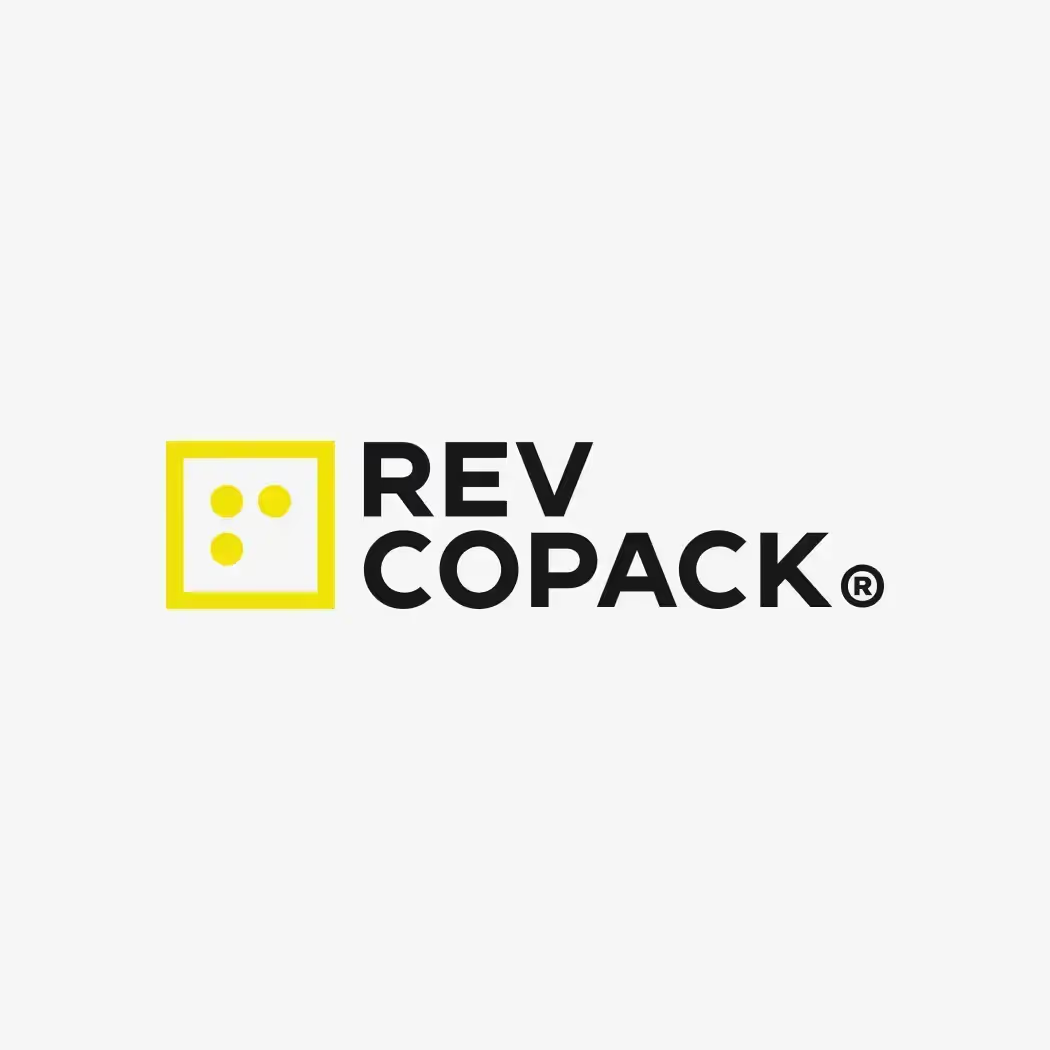Fulfillment platforms and tools are indispensable for direct-to-consumer (DTC) brands, streamlining the process of storing, packing, and shipping products to customers. These tools offer an array of services, including inventory management, order processing, and logistics coordination. They integrate with e-commerce platforms, ensuring a smooth transition from order placement to delivery.
The significance of these tools in the DTC sector is substantial. They enable brands to efficiently manage the logistics of order fulfillment, crucial in meeting customer expectations for timely and accurate delivery. Effective fulfillment solutions not only ensure operational efficiency but also enhance the overall customer experience, contributing to brand loyalty and repeat business.
Key players in this field include ShipBob, known for its robust fulfillment network and technology-driven solutions, and Fulfillment by Amazon (FBA), offering comprehensive services including storage, packaging, and shipping. Another notable tool is ShipStation, which specializes in order management and shipping software, streamlining the fulfillment process for DTC brands. Utilizing these fulfillment platforms and tools, DTC brands can optimize their logistics, ensure customer satisfaction, and focus on scaling their business.
Once you’ve received orders, you’ll need to fulfil them. To do that, you’ve got a lot of options to choose from. If you’re a very successful DTC selling omnichannel, you might enjoy Stord. If instead, you’re based in Europe - checkout Bigblue. And if instead you’re looking for a partner to consistently check on the quality of your 3PLs - check out Capabl.


Portless helps Ecommerce brands speed up their supply chain with direct fulfillment – a fundamentally new way of managing your supply chain that provides faster sales, better cash flow, and more inventory agility. Fulfill customer orders from Asia within 6 days, providing a total domestic experience (including local labels and tracking numbers). Brands using Portless users cut their lead times by 90%, increase cash flow 3x, and can ship to over 55 countries helping fuel their growth and international expansion.


Stord is a commerce enablement provider that powers seamless customer experience from presale to post-purchase delivery through integrated fulfillment, transportation, and software solutions for brands across all channels and marketplaces. By combining digital and physical logistics, Stord helps brands optimize costs, enhance delivery speeds, and improve overall customer satisfaction.


Kase™, formerly known as ShippingTree and now a part of the WSI® family of brands, is a premier provider of direct-to-consumer, retail, and omnichannel order fulfillment services. With strategically located facilities across the U.S. totaling over 13 million square feet, we offer brands and retailers the scale and multichannel supply chain expertise they need to grow. Our proprietary fulfillment technology platform was developed specifically with the needs of ecommerce merchants and omnichannel retailers in mind, providing real-time order tracking, order routing, inventory control, and parcel rate selection. Kase goes Beyond Fulfillment™ to deliver exceptional customer experiences, helping brands keep their promises with every order.


REV Copack helps beverage brands with secondary packaging projects and variety pack production. They provide B2B / DTC fulfillment, cartoning, tray packing, shrink bundling, labeling, FBA prep, and mixed pallet builds. Quick and affordable access to east coast markets from their 124k sq ft warehouse in PA.


ShipBob is a tech-enabled 3PL that fulfills ecommerce orders for direct-to-consumer brands. Our mission is to help brands be more successful online by providing best-in-class logistics. ShipBob offers a growing fulfillment network powered by proprietary technology, as well as the supported and expertise needed to save brands time and money while enhancing the customer experience.

Pairbo is the leading solution for brands that want to elevate the online gifting experience. At checkout, shoppers can add a premium greeting card to their order and personalize it with their own handwritten message—digitally captured, printed inside the card, and delivered together with the gift. With 30+ customizable features, Pairbo never displays its own branding and creates custom greeting card designs for each partner. The result is a seamless, high-end solution that strengthens brand image and ensures consistency across every gift order. Pairbo’s platform integrates with all website platforms, ERP systems, and fulfillment software, and is designed to minimize lift for brand teams. Pairbo empowers brands to create memorable unboxing moments that boost customer satisfaction, increase repeat purchases, and drive incremental revenue.

Founded in 2017, GoBolt is building the largest sustainable supply chain network. GoBolt provides warehousing, pick and pack, shipping, and last-mile delivery solutions to growing DTC brands. With a network of warehouses across North America and a suite of proprietary apps designed and supported by an in-house engineering team, GoBolt unlocks enhanced transparency and control for merchants. GoBolt is proud to offer carbon-neutral deliveries by prioritizing delivery in an electric vehicle and sequestering equivalent carbon emissions when that is not possible.

SB | Simple Bundles & Kits by Freshly Commerce is a Shopify app that makes creating and selling product bundles simpler, while keeping inventory and fulfillment accurate. It splits bundles into individual SKUs so stock isn’t oversold and order fulfillment, whether via 3PL, warehouse, or POS, is accurate. You can build fixed bundles, mix-and-match, multipacks, subscription bundles, wholesale packs, volume or BOGO discounts, and more. Infinite Options bundles let you exceed Shopify’s variant limit. It works across sales channels—including Shopify POS, Shop app, and social—and integrates with ERPs, WMS, shipping tools, and fulfillment systems. It holds the “Built for Shopify” status and offers free and paid plans.

Easyship is an all in one eCommerce shipping platform and API founded in 2014 in Hong Kong with operations in the United States. Merchants can connect their store quickly and compare rates from over 550 couriers including UPS, FedEx, USPS, DHL Express, SF Express, Canada Post, and Royal Mail, with native integrations for Shopify, WooCommerce, Squarespace, Amazon, eBay, Etsy, Wix, and TikTok Shop. The platform provides real time checkout options with live delivery estimates and duty and tax calculations, then automates labels, pickups, tracking, returns, insurance, and notifications from one dashboard or through the API. International shipping features include HS code tools, auto generated customs documents, and branded checkout and tracking pages. Easyship also offers a global 3PL and fulfillment network, analytics, and multi user, multi channel workflows to centralize operations and scale efficiently, supported by documentation and customer service.

Item OMS is an order management system designed for eCommerce businesses that centralizes catalog, inventory, and shipping operations. The platform features unified sales order management across all channels, real-time print task monitoring, and efficient pickup order creation. It includes a shipment tracking hub that provides comprehensive status updates to streamline fulfillment processes.

Redefined Logistics is a next-generation cross-border logistics company powering direct-to-consumer (D2C) and B2B ecommerce exports from India, Vietnam, Peru, UAE, China, or HK to the US, UK, and other global markets. Our tech-enabled platform offers 4–6 day delivery, faster cash flow, zero US import duties (via de minimis), and up to 26.5% logistics cost savings. We help brands streamline supply chains, boost cash flow, and scale globally with ease.

Selfnamed is a private label skincare platform that helps entrepreneurs and brands launch their own skincare lines. No upfront costs, no inventory, and no initial investment. With seamless integration to Shopify and WooCommerce, starting a skincare brand has never been easier.

Allpack Fulfillment is a leading 3PL partner trusted by D2C and B2B brands nationwide. Say goodbye to missed shipments and operational chaos—Allpack delivers nationwide, bicoastal coverage with 99.9% order accuracy and a full suite of services including fulfillment, storage, kitting, labeling, FBA prep, flash sale execution, POP displays, and more. Whether you're scaling or streamlining, we act as a true extension of your team—keeping your brand moving fast and your customers coming back.

ShipRelax is a comprehensive logistics tool designed to streamline and automate fulfillment for e-commerce and retail brands. Integrating with advanced technology like Cloud 3PL WMS provides real-time inventory tracking, seamless order management, and efficient shipping solutions, allowing businesses to optimize their supply chain and scale effectively.

Spocket is the leading dropshipping platform featuring high-quality products primarily from the US and Europe. It integrates seamlessly with Shopify, WooCommerce, and other major platforms. With fast shipping, full automation, and one-click product import, Spocket empowers entrepreneurs to launch and scale their online stores with ease and efficiency.

AliDrop is a powerful dropshipping tool that integrates with Shopify, WooCommerce, and BigCommerce, allowing you to import and sell products from AliExpress, Alibaba, and Temu in one click. It offers automated order fulfillment, branded invoicing, and fast shipping, making it easy for entrepreneurs to launch and scale their online stores.

Fulfillor 3PL WMS is a powerful warehouse management system designed to help 3PL providers and fulfillment houses streamline inventory management, order processing, and shipping. It offers real-time visibility into stock levels, automated order fulfillment, and seamless integration with leading eCommerce platforms, ensuring efficient and accurate warehouse operations.

Anytime Mailbox is a virtual mailbox service that provides a real street address for receiving and managing physical mail online. Users can access their mail through a secure app or web portal to view, forward, scan, or shred it from anywhere in the world. This service is popular with individuals who travel, such as digital nomads, and businesses that want a professional address without a physical office.